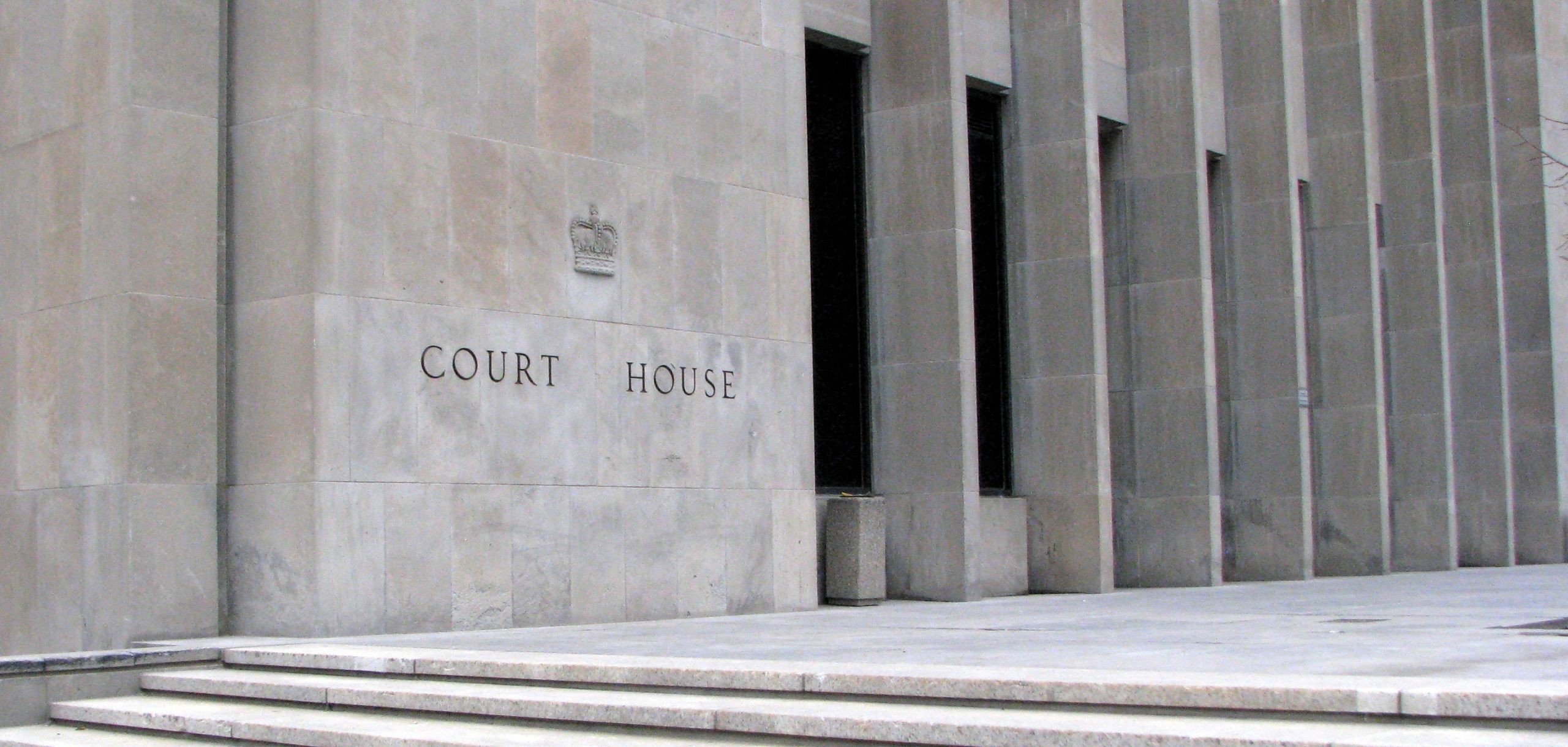A key decision for an accused person and their criminal lawyer is whether to elect for a trial in the Ontario Court of Justice or Superior Court of Justice. In theory the decision should not carry a substantive difference. In practice, however, the decision can affect the merit of the case and carry a personal effect on the accused person.
Only persons accused of an indictable offence have the choice of being tried in the Ontario Court of Justice or Superior Court of Justice. An indictable offence is the most serious type of offence in criminal law. Due to the serious penal jeopardy created by an indictable offence, paralegals cannot represent a person in an indictable offence matter.
Let’s look at some of the considerations at play when deciding to proceed in the Ontario Court of Justice or Superior Court of Justice.
Due Process
The Superior Court carries greater due process for an accused person. If they so wish, an accused person can first have a preliminary inquiry in the Ontario Court of Justice before proceeding to a full out trial in the Superior Court. This allows the accused person, and their lawyer, to flesh out the Crown’s case, measuring flaws and locking Crown witnesses into sworn testimony. The Superior Court also allows the accused person to have a trial before a jury. This is not allowed in the Ontario Court of Justice, where all trials are decided by a judge alone.
Cost
The downside of the greater due process afforded by the Superior Court is that the costs of defending the case increase. The longer a case goes, the more expensive it is. An accused person availing him or herself of a preliminary inquiry and trial in the Superior Court rather than a simple trial in the Ontario Court of Justice must pay for their lawyer’s services at these protracted proceedings.
Length
The process leading up to a trial in the Superior Court is longer than that in the Ontario Court of Justice. The reason, again, is largely due to the increased due process created by a preliminary inquiry. The criminal matter must:
- Go through the administrative procedure of the Ontario Court of Justice
- Have a preliminary inquiry in the Ontario Court of Justice
- Transfer to the Superior Court
- Go through the administrative procedures of the Superior Court
- Pick a jury in the Superior Court (if a trial by judge and jury is chosen)
- Conduct a trial in the Superior Court
The irony is that the increased length required by a Superior Court trial can create a strategic advantage. In R. v. Jordan, 2016 SCC 27, the Supreme Court of Canada recently set presumptive limits of unreasonable delay in the Ontario and Superior Court of Justice, respectively. 18 months of delay is the presumptive limit in the Ontario Court of Justice and 30 months of delay is the presumptive limit in the Superior Court of Justice. A case that goes beyond these respective limits without a reasonable excuse from the Crown will be stayed (thrown out). While many cases fall under 18 months of delay in the Ontario Court of Justice, a much greater percentage can fall over 30 months of delay in the Superior Court of Justice. All things being equal, an accused person may increase their chances of having their case thrown out for unreasonable delay if they proceed to a trial in the Superior Court of Justice after availing themselves of a preliminary inquiry. I cannot stress enough that this is not legal advice and a lawyer should be retained and consulted before a decision is made on court election.
Jury trial
The Superior Court affords jury trials for offences that carry at a maximum punishment of five years. Accused persons may feel more comfortable being judges by twelve of their fellow citizens rather than a judge. To find the accused person guilty, all twelve jurors have to agree that she or he is guilty beyond a reasonable doubt. That is a heavy persuasive burden.
There is also a procedural benefit to electing for a trial by jury in the Superior Court. The accused person has the option of re-electing for a trial by judge alone. In practice, this often results in accused persons having the pick before their trial of who judges them: the judge or the jury. If you don’t like the judge, go with the jury. If you like the judge, decline the jury.
Different complements of judges
The Ontario Court and Superior Court of Justice each have their own complement of judges. Criminal lawyers refer these sets of judges as "benches". Each bench is perceived, rightly or wrongly, as having its own slant – convicters, acquitters, just, unjust. To be clear, every adjudicator in every hearing in Canada is supposed to strive to be just. The perception of their judging habits is the height of subjectivity. Nonetheless, some accused persons may wish to place objective consequences on these views by electing for the bench that he or she feels is more likely to give them a fair trial or acquit.
Location
In the vast majority of jurisdictions in Ontario, the Ontario Court of Justice and Superior Court are located in the same building. However, in Toronto they are not. There are six Ontario Court of Justices in Toronto: three in the suburbs and three downtown. There is one Superior Court of Justice located in downtown Toronto at 361 University Avenue. All things being equal, if you live in the suburbs, you may want to elect for a trial in the Ontario Court of Justice unless you are comfortable travelling into downtown Toronto every day for your trial.
